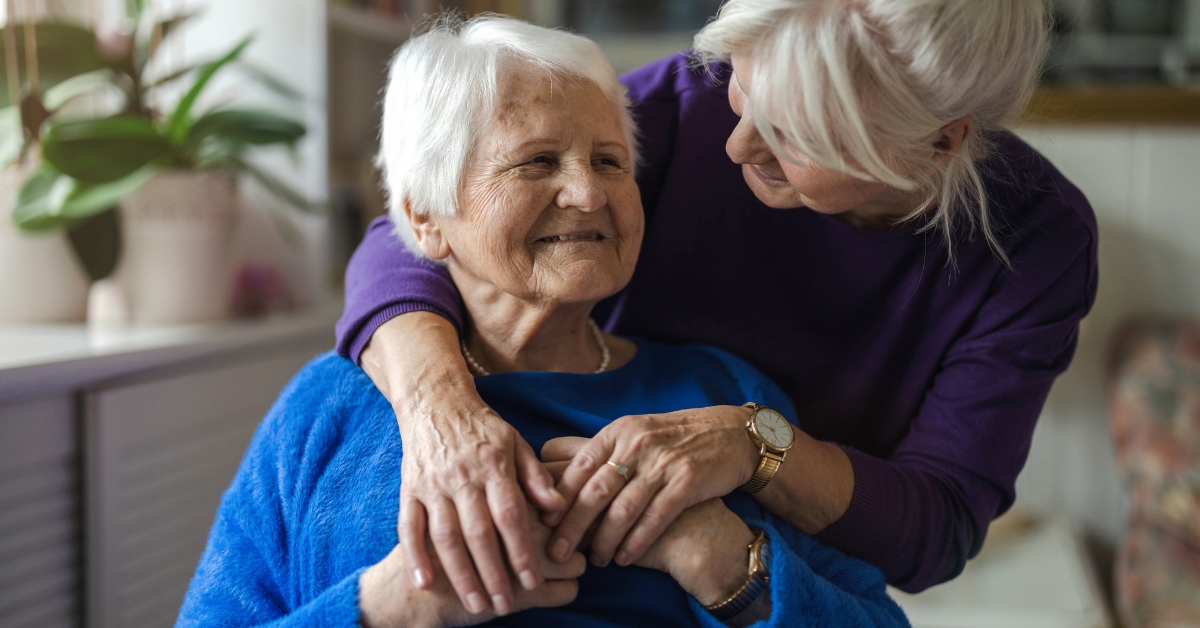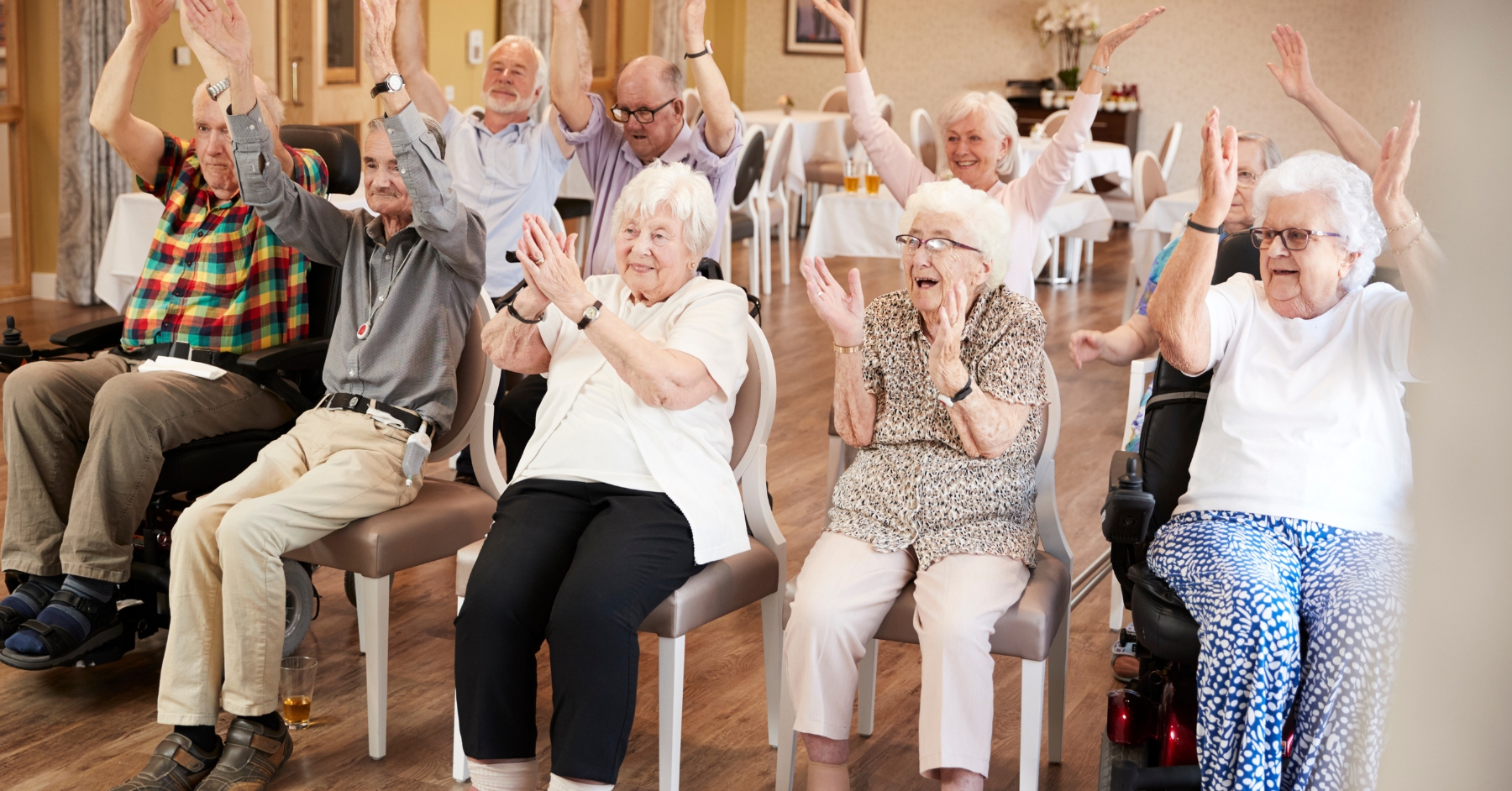No matter how practical the decision may be, moving into a senior living community is also deeply emotional. Families often tell me they feel everything at once — grief, guilt, relief, fear, even hope. Seniors sometimes worry they’re losing independence, while children worry if they’re doing the right thing.
If that’s where you are right now, let me just say this: you’re not alone. If I could, I’d give you a big hug and remind you that these feelings are normal — and that this transition can be one of the most positive chapters yet.
Mixed Emotions Are Normal
It’s okay to feel conflicted. I’ve seen families who cried in the car after the move-in, only to call me a few weeks later with joy in their voices. Change is always hard — but it’s also the start of something new.
For Families: From Caregiver to Companion
One of the biggest emotional shifts I see is when family members realize they can go back to simply being a daughter, son, or spouse again. Instead of juggling medications, meals, and safety worries, they get to spend time laughing, visiting, and just enjoying their loved one’s company.
I once had a daughter tell me, “I finally feel like I get to enjoy Mom again.” That’s the gift of senior living.
For Seniors: Blossoming Again
Many seniors fear they’ll be “giving up” something. But what I’ve seen time and again is that they actually gain more than they lose. They gain friendships, activities, safety, and peace of mind.
I can’t tell you how many times I’ve heard residents say, “My only regret is that I didn’t do this sooner.” One woman told me that after years of feeling isolated at home, she finally felt like herself again once she moved into a community.
Tips for a Gentle Transition
Here are a few ways to ease the emotional side of the move:
- Bring the familiar. Recreate favorite spaces with familiar chairs, quilts, and photos.
- Stay involved. Families should visit often in the first weeks, sharing meals or joining activities.
- Encourage patience. Remind your loved one (and yourself) that adjustment takes time — just like any move.
- Celebrate new beginnings. Encourage trying out new activities or making new friends.
Transition Emotions Checklist
What Families May Feel
- Guilt about “placing” a loved one
- Relief that help is finally in place
- Sadness over changing roles
- Anxiety about whether it’s the right decision
What Seniors May Feel
- Fear of losing independence
- Sadness about leaving a longtime home
- Nervousness about meeting new people
- Hope for safety, new friendships, and activities
How to Cope Together
- Acknowledge feelings. Don’t brush them aside — name them and talk about them openly.
- Stay connected. Visit, call, and show your loved one that you’re still present.
- Encourage involvement. Join them for the first activity or meal.
- Celebrate small wins. Each new friend made or activity enjoyed is a step toward feeling at home.
A New Chapter, Not the End
I often describe this move as turning the page — not closing the book. Yes, it’s different, and yes, it takes adjustment. But I’ve seen seniors bloom with new life, rediscover their spark, and embrace this chapter with joy.
You’re Not Alone
If you’re walking through the emotions of this decision, please know that I’ll be right there with you — listening, guiding, and encouraging every step of the way.
👉 Schedule a free consultation today. There’s no cost to families — just a heartfelt conversation, a listening ear, and yes, if we were together, a warm hug.






